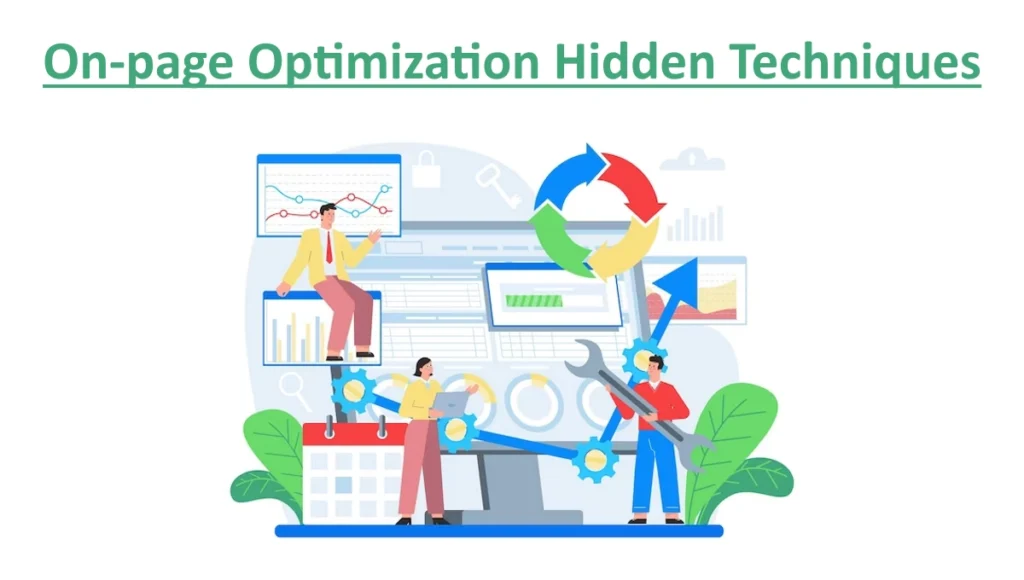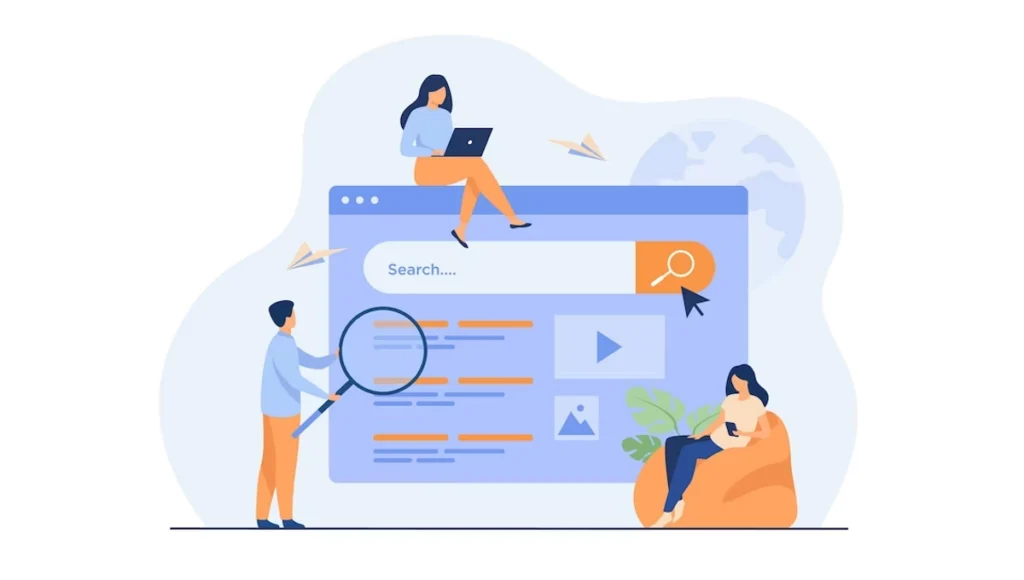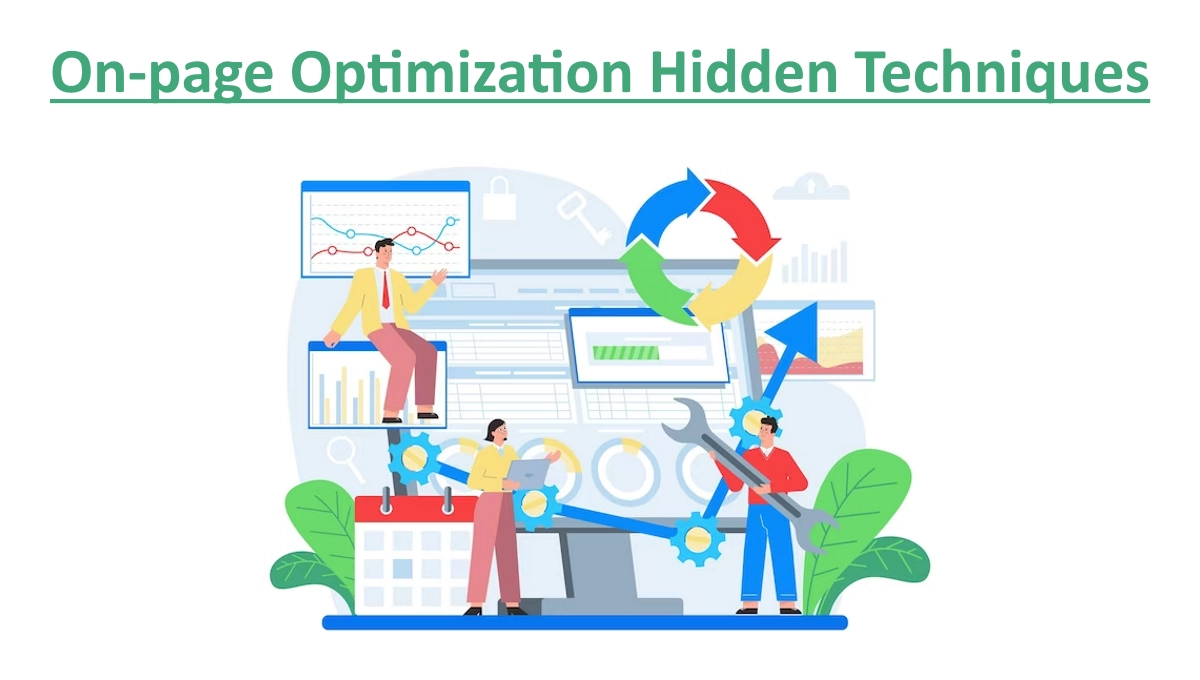Are you looking to improve your website’s visibility on search engines? On-page optimization can help you achieve that goal. In this comprehensive guide, we will discuss what on-page optimization is, its importance, and the best practices to optimize your website’s on-page elements for better search engine rankings.

Table of Contents
1. Introduction
On-page optimization is the process of optimizing various elements on a web page to improve its search engine rankings. These elements include the content, title tags, meta descriptions, header tags, images, URLs, internal linking, and XML sitemaps. On-page optimization is an essential aspect of SEO and helps search engines to understand the content and relevance of a web page.
2. What is On-page Optimization?
On-page optimization is the practice of optimizing the content and various elements of a web page to improve its relevance and visibility on search engines. This process involves optimizing the title tags, meta descriptions, header tags, images, URLs, internal linking, and XML sitemaps.
3. Importance of On-page Optimization
On-page optimization is an essential aspect of SEO and can have a significant impact on a website’s search engine rankings. Proper on-page optimization helps search engines to understand the content and relevance of a web page. It also improves the user experience by making the website more accessible and easy to navigate.
4. Best Practices for On-page Optimization
Let’s discuss some of the best practices for on-page optimization that can help improve your website’s search engine rankings.
4.1. Conducting Keyword Research
Keyword research is the process of identifying and analyzing the keywords that users use to search for content related to your business. Proper keyword research can help you identify the right keywords to target and optimize your web pages for better search engine rankings.

To conduct keyword research, you can use tools like Google Keyword Planner, Ahrefs, or SEMrush. These tools will help you identify the most relevant keywords for your business and analyze their search volume, competition, and relevance.
Once you have identified the keywords, you can optimize your web pages’ content, title tags, meta descriptions, and header tags with these keywords.
4.2. Optimizing Page Titles
Page titles are one of the essential elements of on-page optimization. A page title is the first thing that a user sees on a search engine result page (SERP). Optimizing page titles with relevant keywords can help improve your website’s visibility and click-through rates (CTR).
To optimize your page titles, you should include your primary keyword in the title tag and keep it within 60 characters. Make sure the title tag is relevant and accurately describes the content on the page.
4.3. Writing Compelling Meta Descriptions
Meta descriptions are the short snippets of text that appear below the page title on the SERP. A compelling meta description can help improve your website’s CTR and attract more traffic to your site.
To write a compelling meta description, you should include your primary keyword and make it relevant to the content on the page. Keep the description within 155 characters and use actionable language to entice the user to click on your website.
4.4. Using Header Tags
Header tags (H1, H2, H3, H4, etc.) are essential elements of on-page optimization. They help organize the content on a web page and make it easier for search engines to understand the hierarchy of information on the page.
To use header tags effectively, you should include your primary keyword in the H1 tag and use H2, H3, and H4 tags to organize the subheadings and content on the page. Make sure the header tags are relevant to the content on the page and help users navigate your site easily.
4.5. Creating Quality Content
Creating quality content is one of the most critical aspects of on-page optimization. High-quality content that is relevant, informative, and engaging can help improve your website’s search engine rankings and attract more traffic to your site.
To create quality content, you should focus on providing value to the user and answering their queries. Use relevant keywords throughout the content, but avoid overusing them, as this can hurt your website’s search engine rankings.
4.6. Optimizing Images
Optimizing images is an essential aspect of on-page optimization. Images can help make your website more visually appealing and engaging, but they can also slow down your website’s load times if not optimized correctly.
To optimize images, you should compress them to reduce their file size and use descriptive alt text that includes your primary keyword. This will help search engines understand the content of the image and improve your website’s search engine rankings.
4.7. Internal Linking
Internal linking is the practice of linking to other pages on your website. This helps search engines understand the hierarchy of information on your site and improves the user experience by making it easier to navigate your site.

To use internal linking effectively, you should link to relevant pages within your website using descriptive anchor text that includes your primary keyword. Avoid overusing internal links, as this can hurt your website’s search engine rankings.
4.8. Optimizing URLs
Optimizing URLs is an essential aspect of on-page optimization. A well-optimized URL can help search engines understand the content of the page and improve your website’s search engine rankings.
To optimize URLs, you should include your primary keyword in the URL and keep it short and descriptive. Avoid using numbers, symbols, and special characters in the URL, as this can make it difficult for search engines to understand the content of the page.
4.9. Creating XML Sitemaps
XML sitemaps are files that contain a list of all the pages on your website. They help search engines crawl and index your site more efficiently and improve your website’s search engine rankings.

To create an XML sitemap, you can use tools like Google XML Sitemap Generator or Yoast SEO. Once you have created the sitemap, you should submit it to Google Search Console to help search engines crawl and index your site more efficiently.
4.10. Optimizing for Mobile Devices
Optimizing your website for mobile devices is an essential aspect of on-page optimization. With more than half of all website traffic coming from mobile devices, it is crucial to ensure that your site is mobile-friendly.
To optimize your site for mobile devices, you should use responsive
design to ensure that your website looks great and functions well on any device. You should also ensure that your website’s load times are fast on mobile devices by compressing images and using a lightweight design.
5. Conclusion
On-page optimization is a crucial aspect of SEO that can help improve your website’s search engine rankings and attract more traffic to your site. By following the tips outlined in this article, you can ensure that your website is optimized for search engines and provides a great user experience.
Remember to focus on creating high-quality, engaging content that is relevant to your target audience and includes relevant keywords. Use header tags, meta descriptions, and internal linking to help search engines understand the hierarchy of information on your site. And optimize your URLs, images, and site design to improve your website’s search engine rankings and provide a great user experience.
By implementing these on-page optimization strategies, you can set your website up for success in the search engine rankings and attract more traffic to your site.
6. FAQs
What is on-page optimization?
On-page optimization is the practice of optimizing individual web pages to improve their search engine rankings and attract more traffic to your site.
What are some on-page optimization techniques?
Some on-page optimization techniques include creating quality content, using header tags, optimizing images, internal linking, optimizing URLs, and creating XML sitemaps.
Why is on-page optimization important?
On-page optimization is important because it helps search engines understand the content of your website and improve your website’s search engine rankings. This can lead to more traffic and better visibility for your website.
How do I create a meta description?
To create a compelling meta description, include your primary keyword and make it relevant to the content on the page. Keep the description within 155 characters and use actionable language to entice the user to click on your website.
What is responsive design?
Responsive design is a design technique that ensures that your website looks great and functions well on any device, including desktops, laptops, tablets, and mobile devices.
Don’t forget to support us by following us on Google News or Returning to the home page TopicsTalk
Join Telegram and WhatsApp for More updates
Follow us on social media




